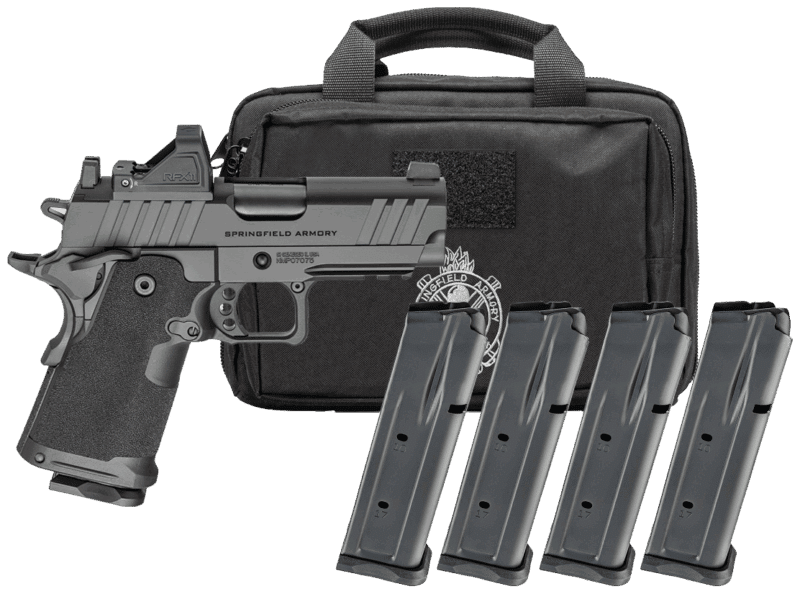T-62 Tank — Cold War Soviet MBT Returns to Combat
August 2nd, 2024
8 minute read
Until the Russo-Ukrainian War escalated into a full scale invasion in 2022, about the only time that the Cold War-era Soviet T-62 main battle tank appeared in a news story was to note one being sent to a museum. Given that the tanks were introduced six decades ago, that’s probably where most of the antiquated behemoths belong. Yet, despite its age, the tank remains in use around the world and continues to be deployed to the frontlines.
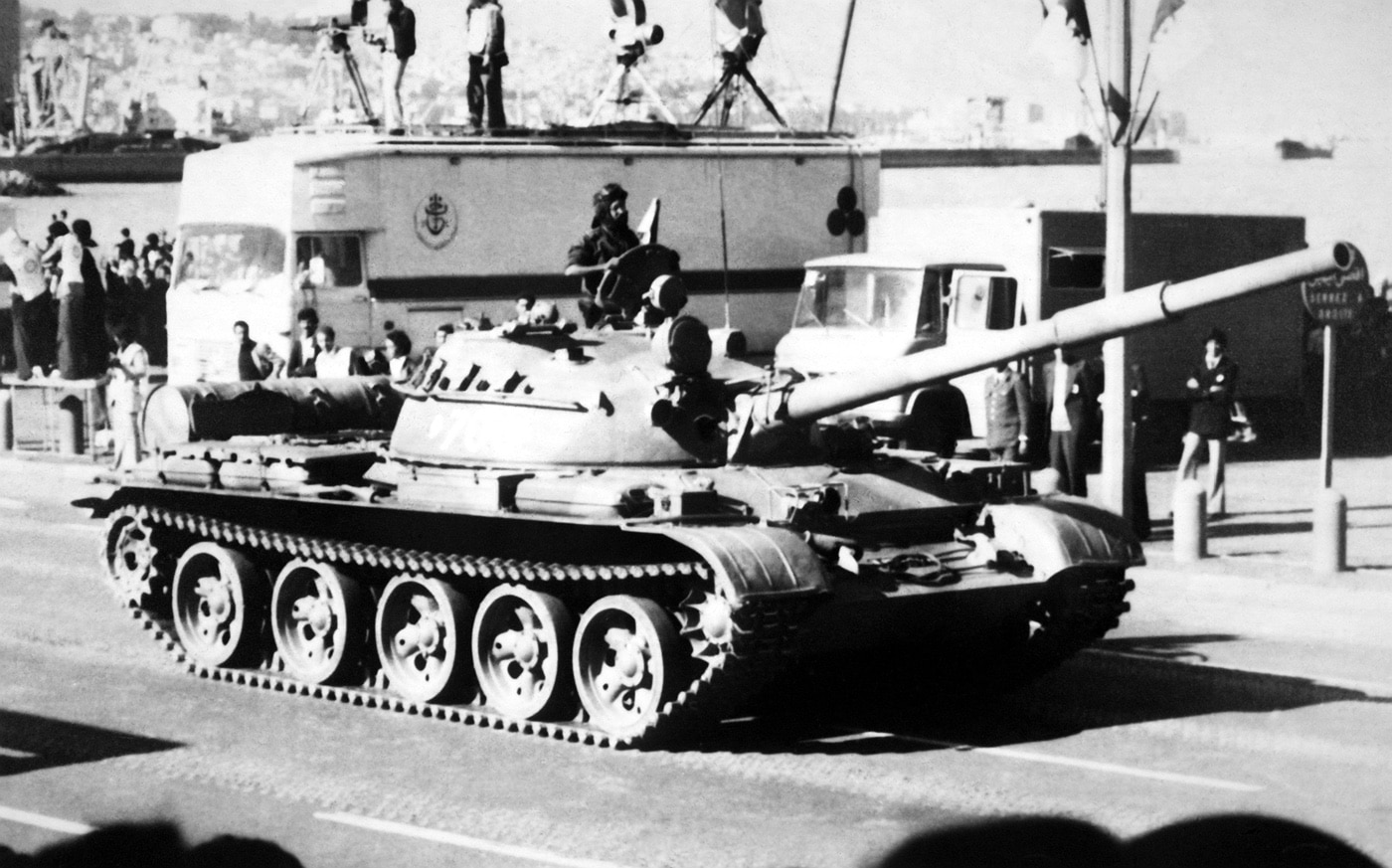
Until 2022, its most recent uses had been in the Civil Wars in Libya, Syria, and Yemen — which shouldn’t come as a surprise: the tank had been in service with the militaries of those respective nations, and was largely facing insurgent forces.
As old military hardware goes, the T-62 is still a viable platform when deployed against an enemy that is relying largely on small arms and lacks any modern anti-tank weapons. As a design that is seen by many as an evolution of the older T-55 tank, the Soviet Army T-62 simply is inadequate to the challenge of modern AT weapons.
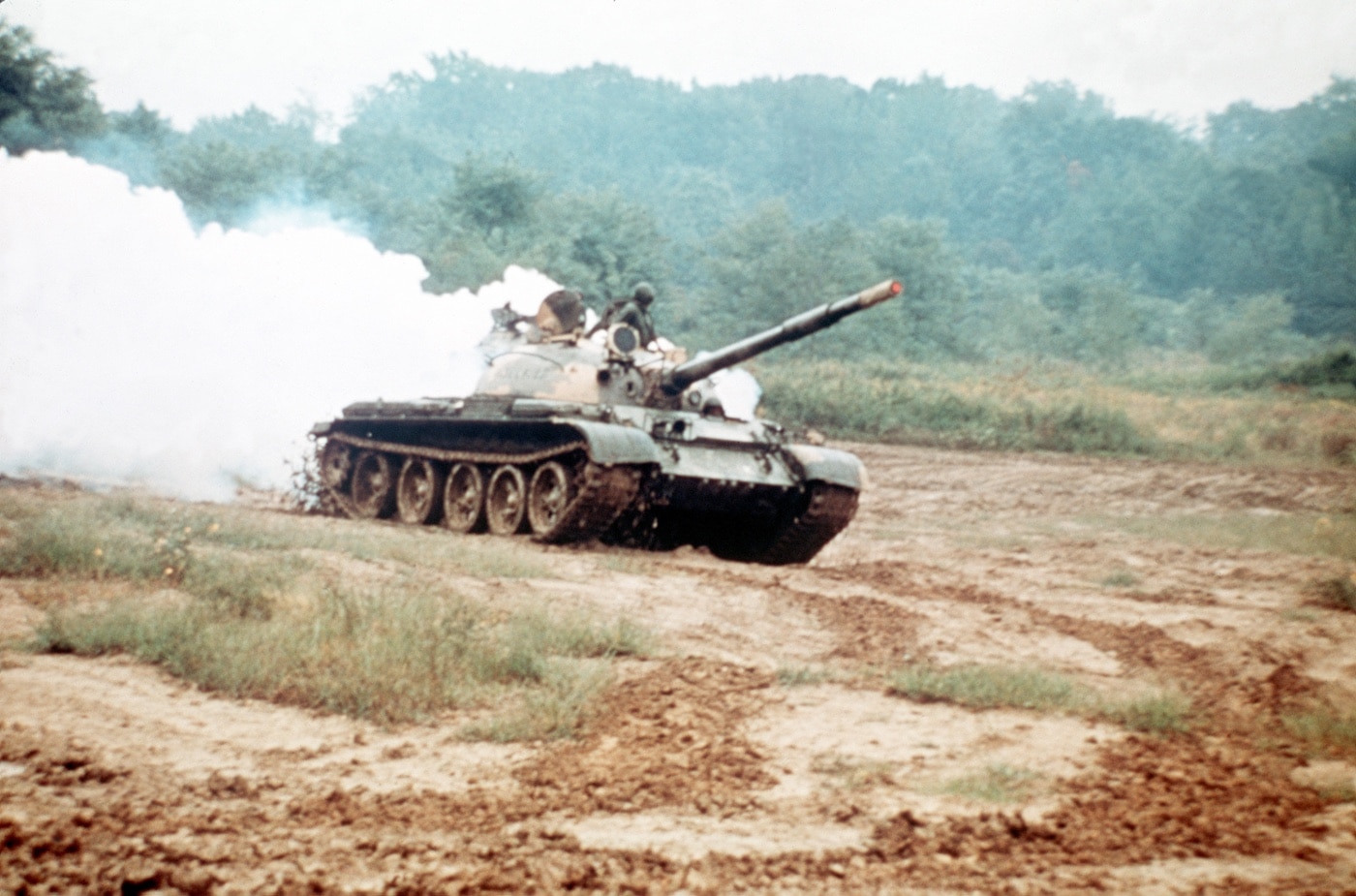
However, what is surprising is that dozens and perhaps even hundreds of T-62 medium tanks have been refurbished in Russia to bolster its ranks. Those vintage tanks have been equipped with new optics and some added armor, and then are sent directly with the Russian Army into battle in Ukraine.
Multiple Western commentators have questioned Moscow’s strategy, especially as Ukraine’s military is equipped with such notable man-portable anti-tank weapons as the U.S.-made FGM-148 Javelin, British NLAW, and Swedish AT4. Those platforms have scored countless kills on far more capable tanks including vast quantities of the T-72 and T-90 main battle tanks (MBTs).
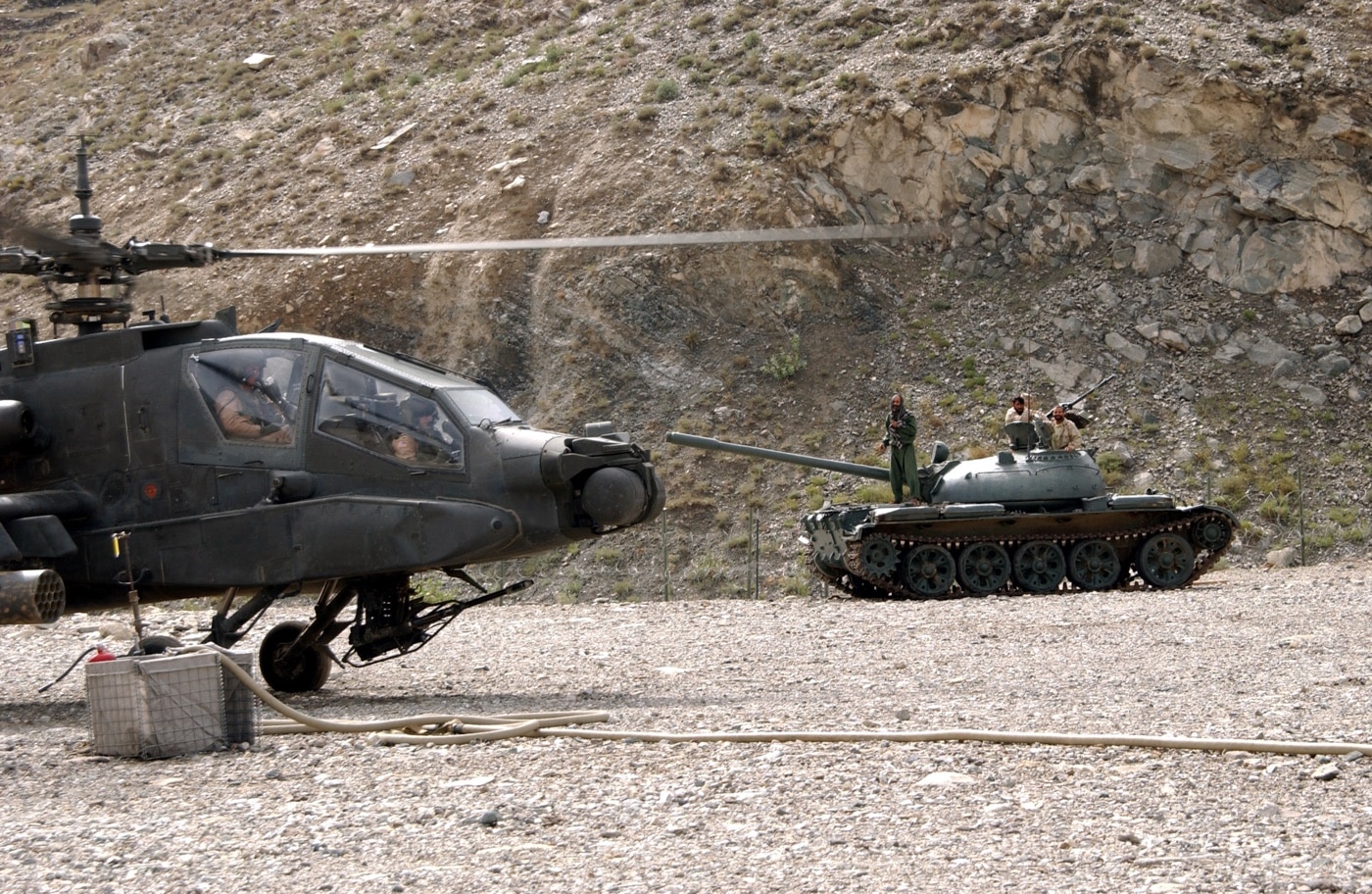
Even more ominous for the Russian crews sent to the front in the T-62s is that they could face far more modern Western MBTs such as the German-made Leopard 2 and British-produced Challenger 2, along with the French wheeled AMX-10 RC tank destroyer. When going head-to-head with such capable platforms, the T-62 should be seen as little more than an iron coffin on tracks.
Desperate Times in Russian Service
It is worth noting that the T-62 was actually a very good tank in its day, and many design features of the medium tank became standardized in subsequent Soviet and Russian mass-produced tanks to come. In addition, more than 22,000 were produced and as a result, Russia has vast numbers in storage that could be deployed to Ukraine.
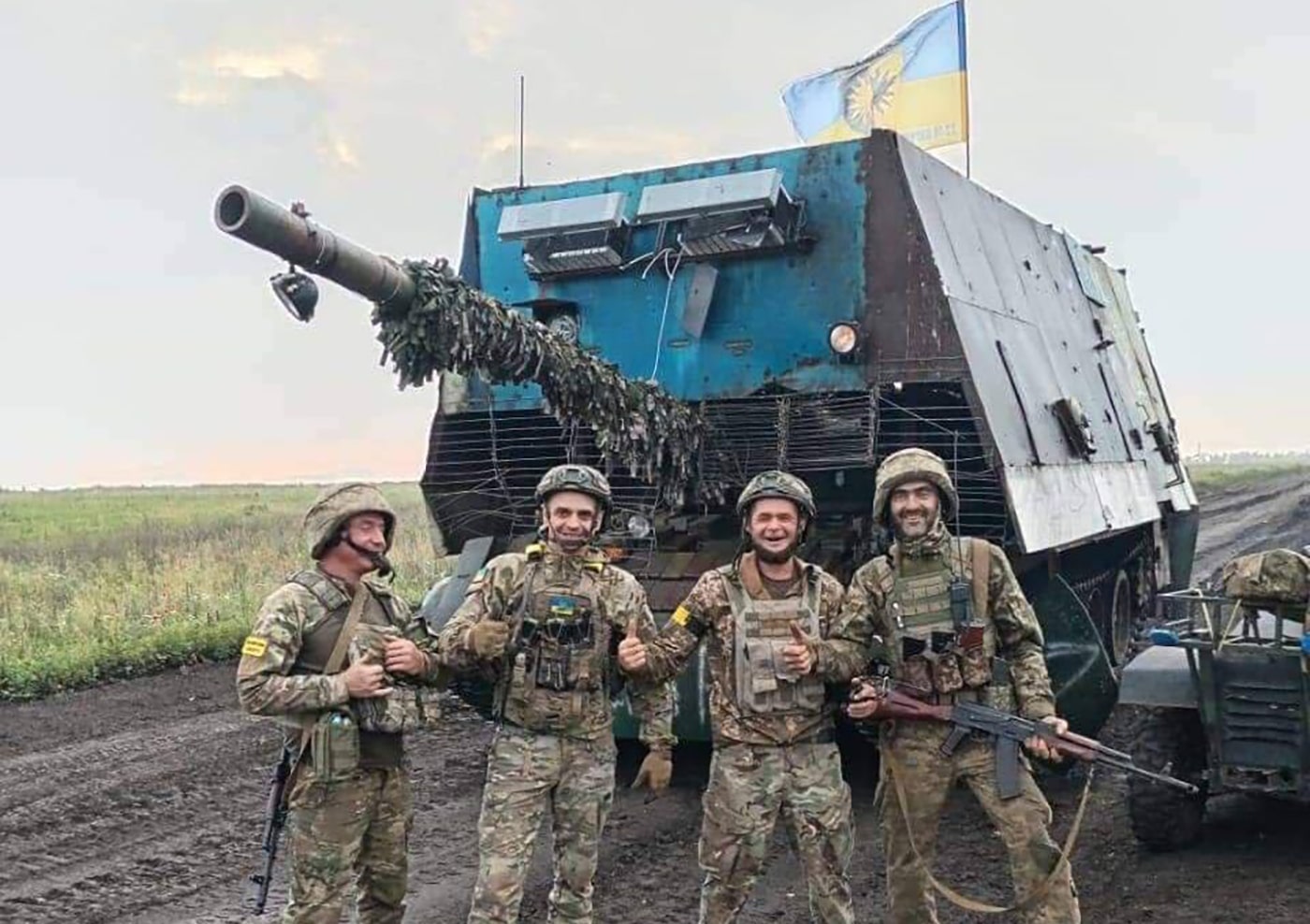
What is unexpected is that these tanks are being supplied to some elite units, rather than second-line troops. It isn’t uncommon for older hardware to be deployed to rear line forces, but it was reported in early March that the 1st Guards Tank Army (1 GTA) — purported to be Russia’s premier tank force — would be equipped with the T-62s to make up for previous losses. The unit had previously been due to receive the next-generation T-14 Armata MBT and now instead is getting the T-62.
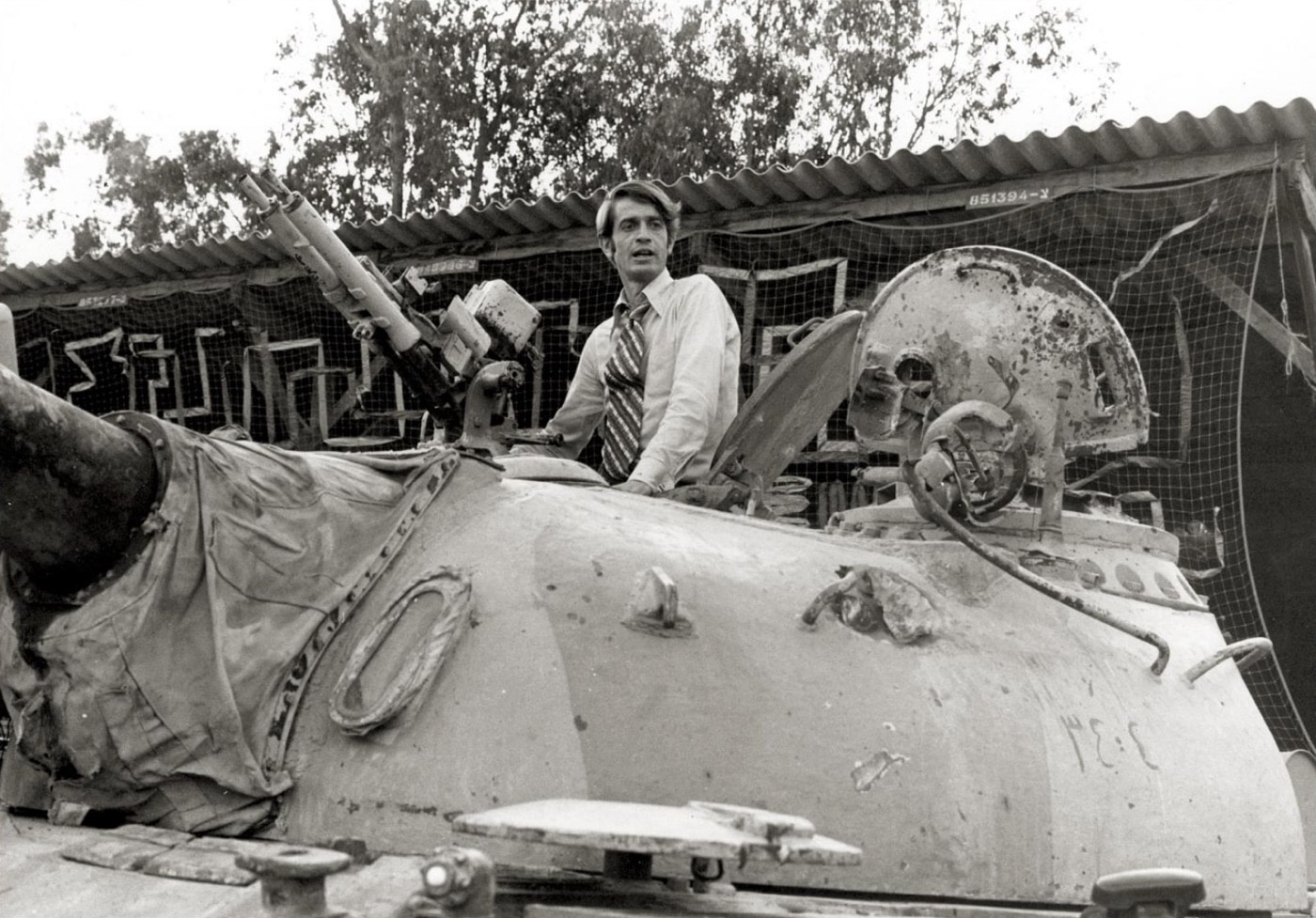
To put it bluntly, that would be like expecting a brand new Ford F-150 and instead getting a 1960s International Harvester Compact pickup truck. The latter vehicle was something special in its day, but its day was a long time ago. While perhaps a classic, it isn’t something you’d want to run hard — especially when there may also be people shooting at you! It was built for service in the Soviet Army, not the modern battlefield.
Notable Advances of the Medium Tank
Development of the T-62 actually began in the late 1950s to be the successor of the T-54/55 series. It entered production in 1961 and was seen in public at the 1965 May Day parade. Various experts suggest that it had probably been deployed to frontline units sometime in late 1963 or early 1964.
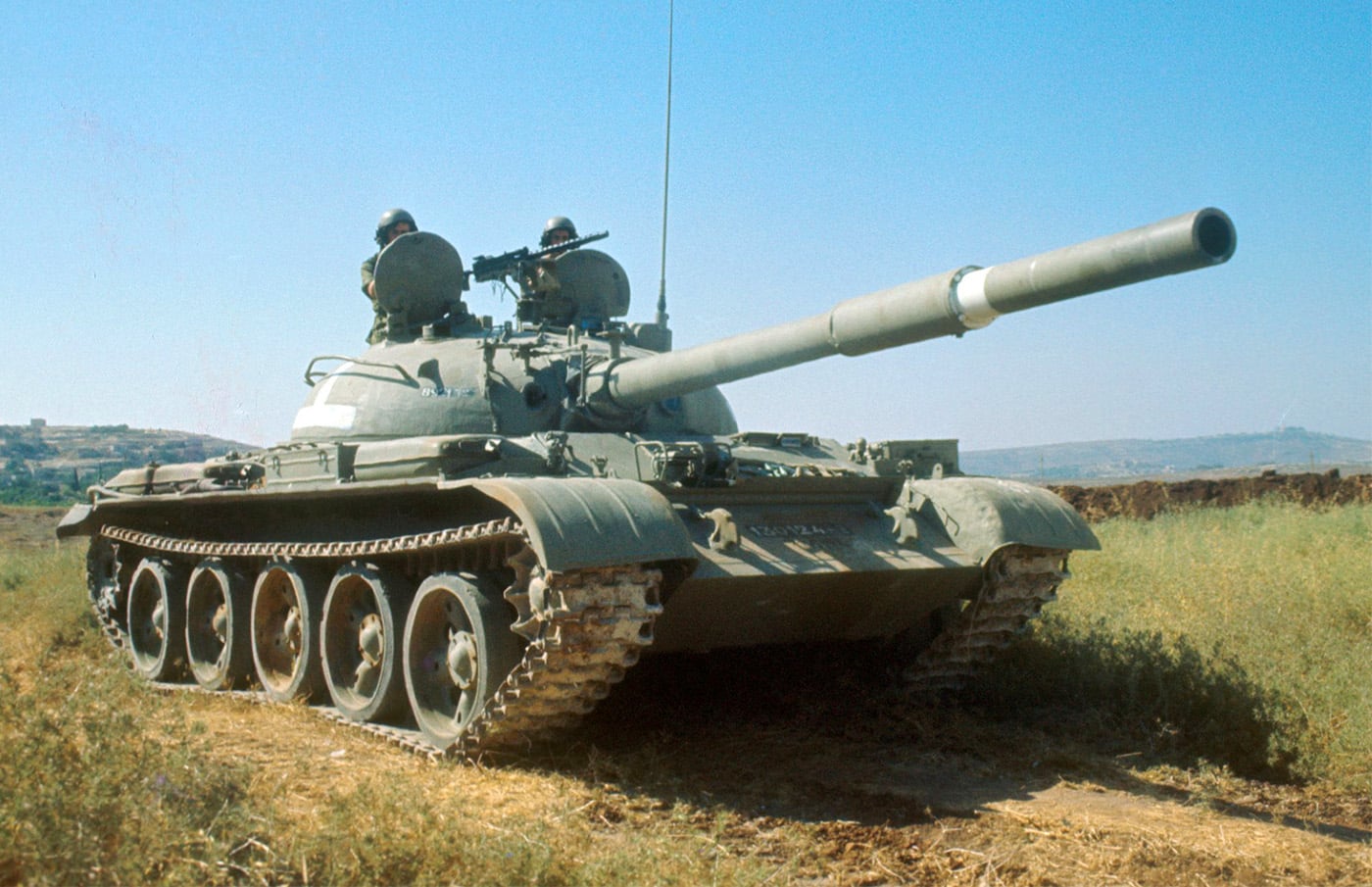
Its overall appearance certainly was derived from the T-54/55, as it featured the same squat, low-profile dome turret without a mantlet and with Christie running gear. Notably, its wheels were spaced differently from the earlier designs, and though not readily apparent, the new tank had slightly thicker frontal armor — which was 240mm (9.5 inches) at its thickest on the face of the turret. That increased the weight by some four tonnes over the T-54/55. The hull was produced of all-welded construction.
Not all of the weight came from the armor, however, as some were due to its entirely new and much more powerful main gun. The T-62 was also the first tank of the era to be equipped with a smooth-bore gun — a 115mm U-5TS — which fired fin-stabilized ammunition including anti-personnel HE/fragmentation, HEAT and APFSDS rounds. The HEAT rounds were reported to be effective against up to 430mm (17 inches of armor).
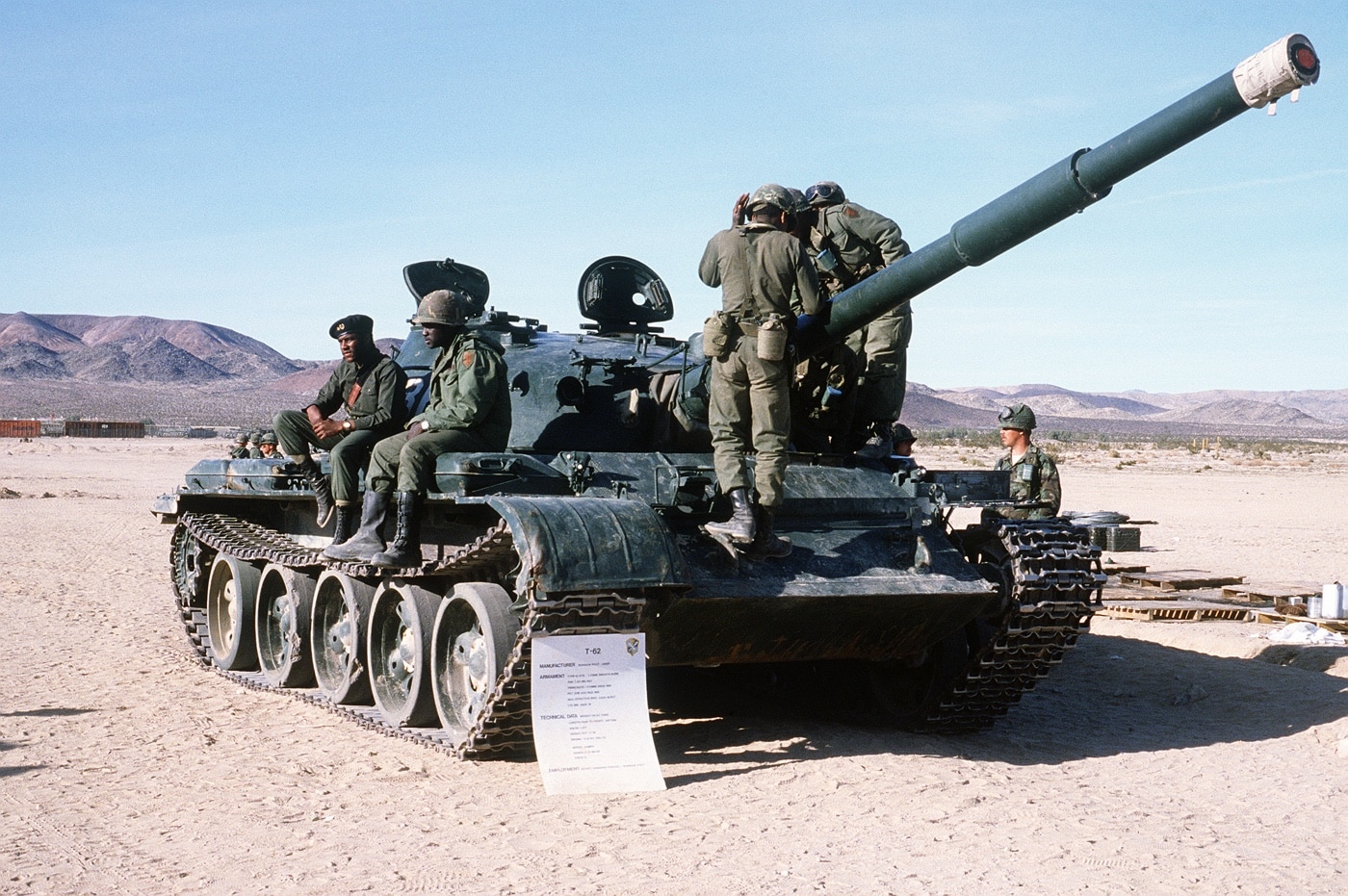
That new 115mm tank gun was physically larger than the old 100mm cannon, but that came with a notable tradeoff. Though it made for a more formidable tank, it also made conditions in the small turret even more cramped and also limited the ready ammunition supply to just four rounds, while 36 rounds could also be stored with the hull.
The tank’s tactical capability was also restricted by a fire control system that was nowhere near as reliable or effective as the American counterpart of the era.
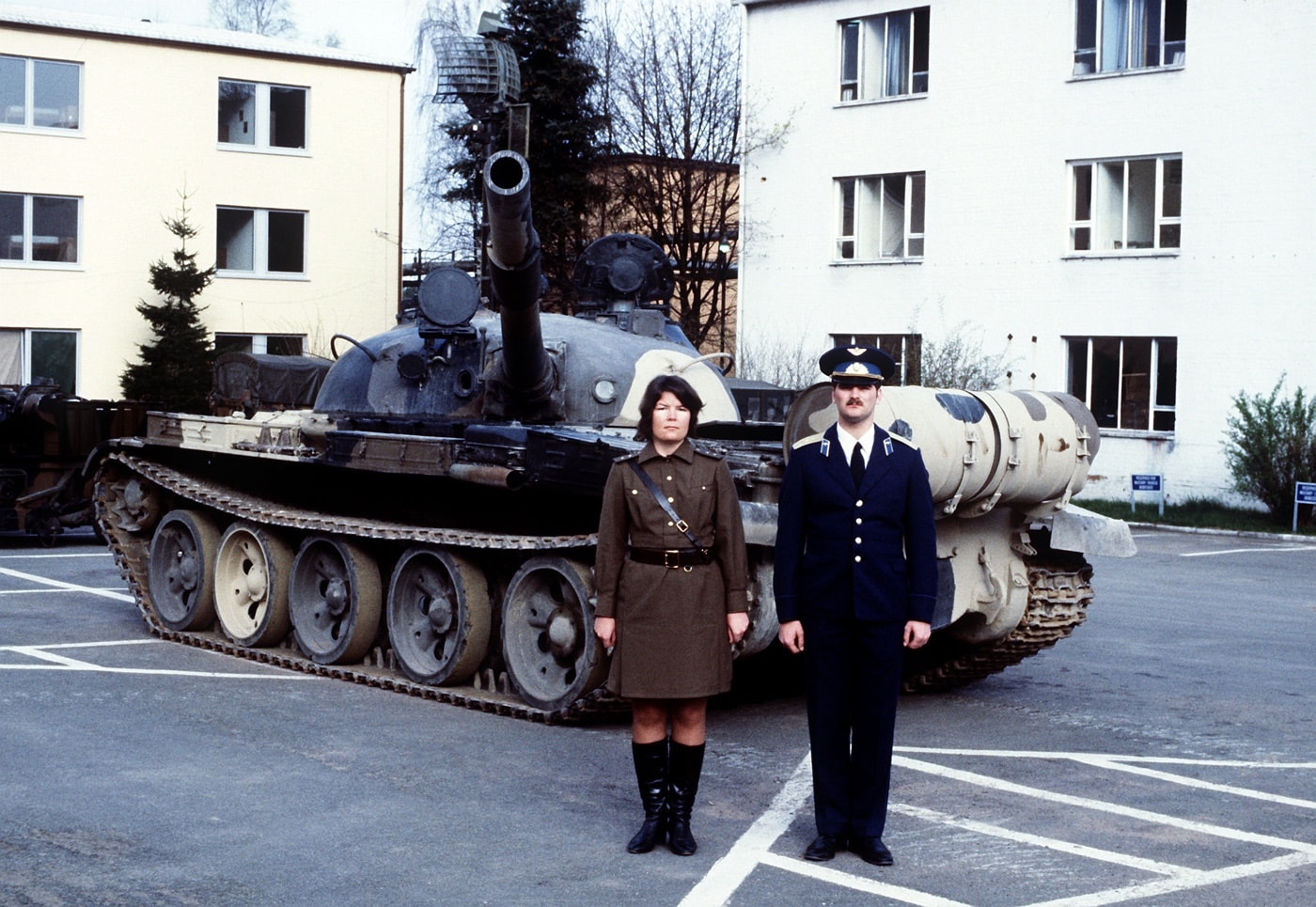
A PKT (vehicle mounted version of the PK machine gun) chambered for the 7.62x54mmR was mounted coaxially with the main armament. The first models lacked an external anti-aircraft machine gun, but a DShK 12.7x108mm weapon was eventually mounted on the loader’s cupola. However, it required that the machine gun’s operator had to expose himself to enemy fire to employ the weapon.
Despite that added weight, the T-62’s performance largely matched that of the T-54 by virtue of it having a slightly upgraded V2-62 engine. The suspension was of the time-tested torsion bar type and consisted of five road wheels with the idler at the front and the drive sprocket located at the rear. The tracks were also made of manganese steel, which was hard-wearing, but tank drivers had to be careful not to turn too quickly or slam the gear suddenly into reverse — otherwise, they could shed the track. That certainly was known to cause some problems in combat situations.
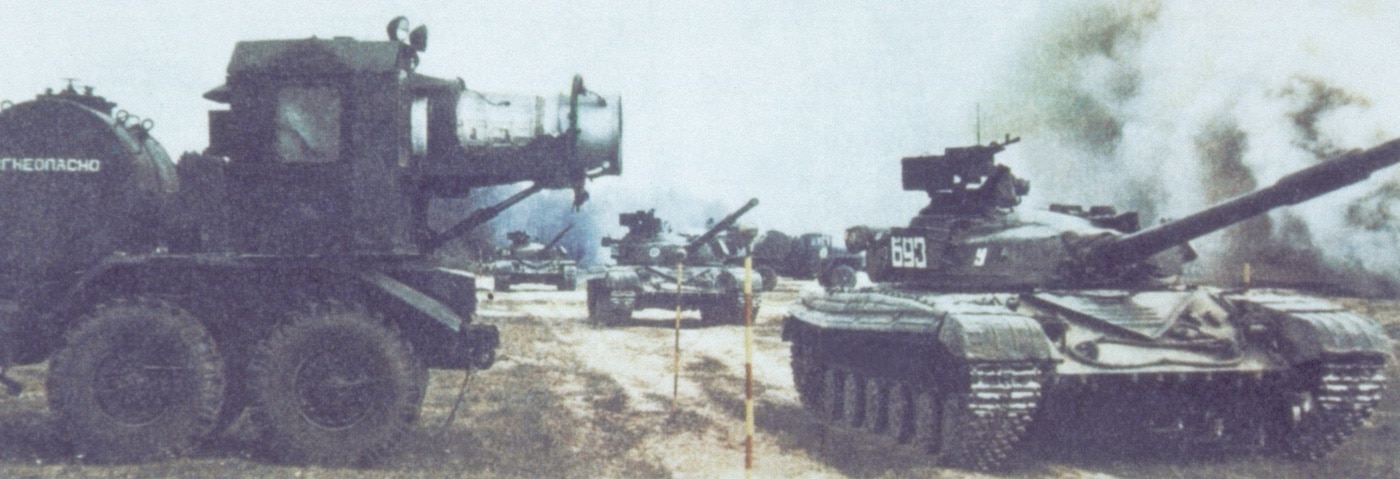
The T-62 was also equipped with external fuel tanks that were placed at the rear of the tank to increase its range. Those could be jettisoned as needed. In addition, the vehicle was fitted with both active and passive IR systems, while it offered NBC (nuclear, biological, and chemical) protection, while a snorkel could be fitted to allow for deep-fording operations to a maximum depth of 5.5 meters (18 feet).
Given its weight, most crews didn’t want to actually push their luck in attempting such fording operations — least the tank literally became stuck in the mud, and with few options for the crew to get safely out again.
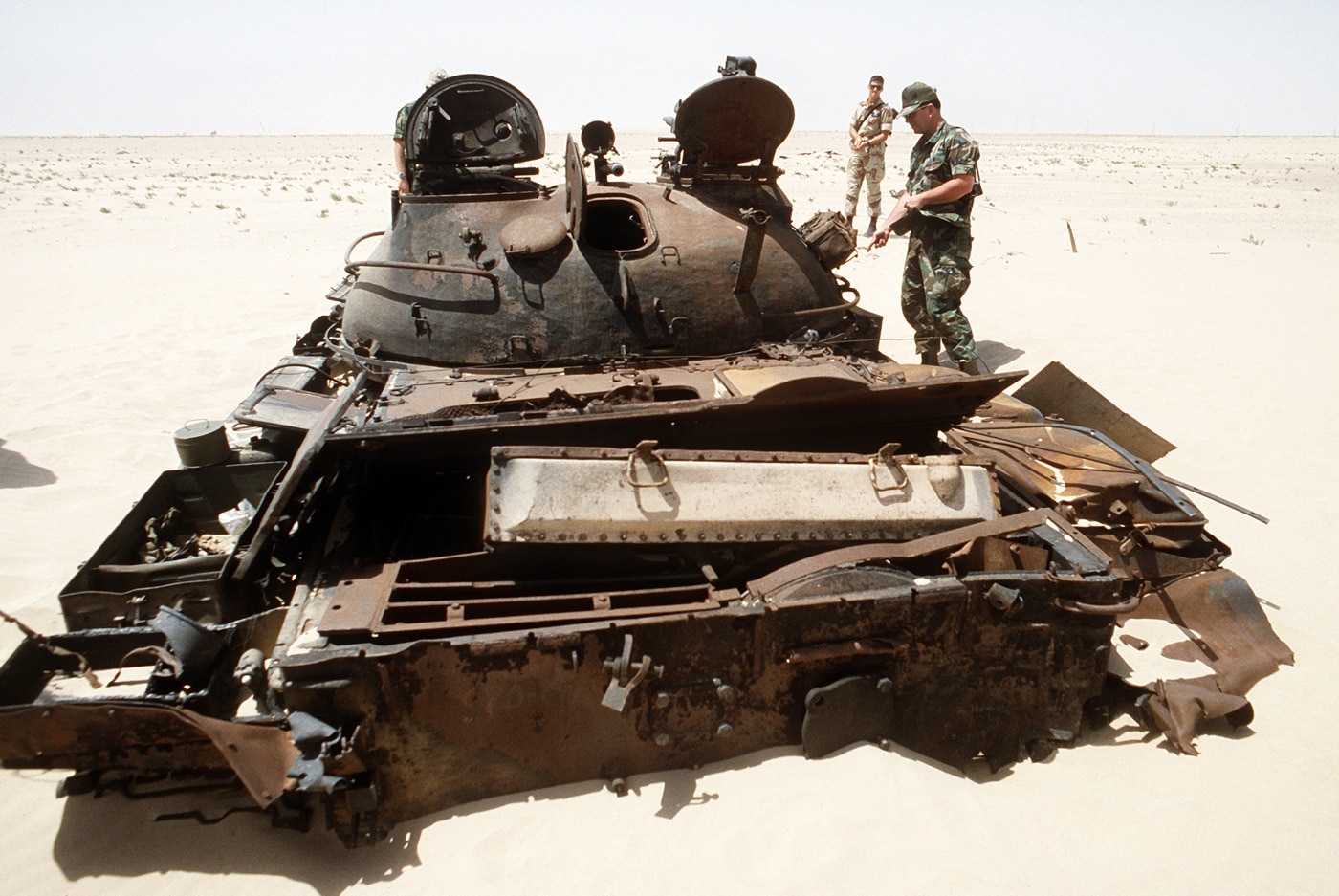
The T-62’s layout was fairly standard for Soviet tanks of the era. The driver was seated at the front of the hull on the left side, while the other three crew members were positioned in the turret. The commander and gunner were on the left while the loader was positioned on the right.
Soviet and Russian Upgraded Models
There were three main variants of the T-62 produced in addition to the original model. These included the T-62M, also known as the T-62A, which was an improved version; the T-62K command tank and the M1 1977, which was developed as an armored recovery vehicle.
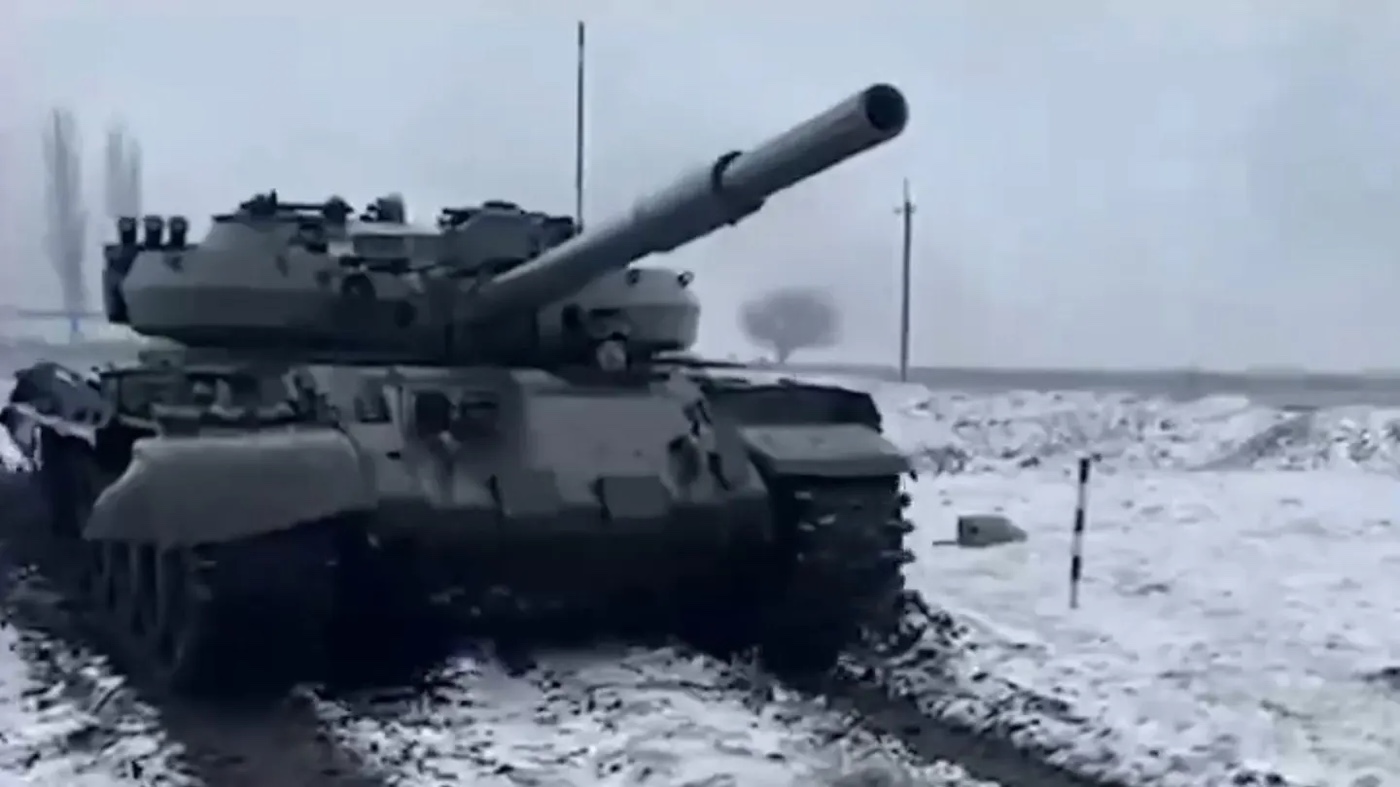
The T-62A featured improved fire-control and IR systems, along with a refined turret that improved the conditions inside. It was also equipped with improved tracks that had a considerably longer life expectancy.
The T-62K included upgraded communications and navigation systems. There was also a flamethrower variant that didn’t actually replace the main gun but instead featured a flamethrower system in lieu of the coaxial machine gun.
The T-62 remained in production in the Soviet Union until 1975, while Czechoslovakia produced some 1,500 between 1973 and 1978. An unknown number were also produced in North Korea under license in the 1970s.
T-62 Tank in Combat
Even as the T-62 has continued to be used in combat, its first decade in service was largely peaceful. In fact, the Soviet-made tank was first used in combat only briefly in the 1969 Sino-Soviet border conflict, but then had its true baptism of fire in the 1973 Yom Kippur War when it was employed by Egypt and Syria. The tank underperformed in that conflict, and a large number were captured by the Israel Defense Forces.
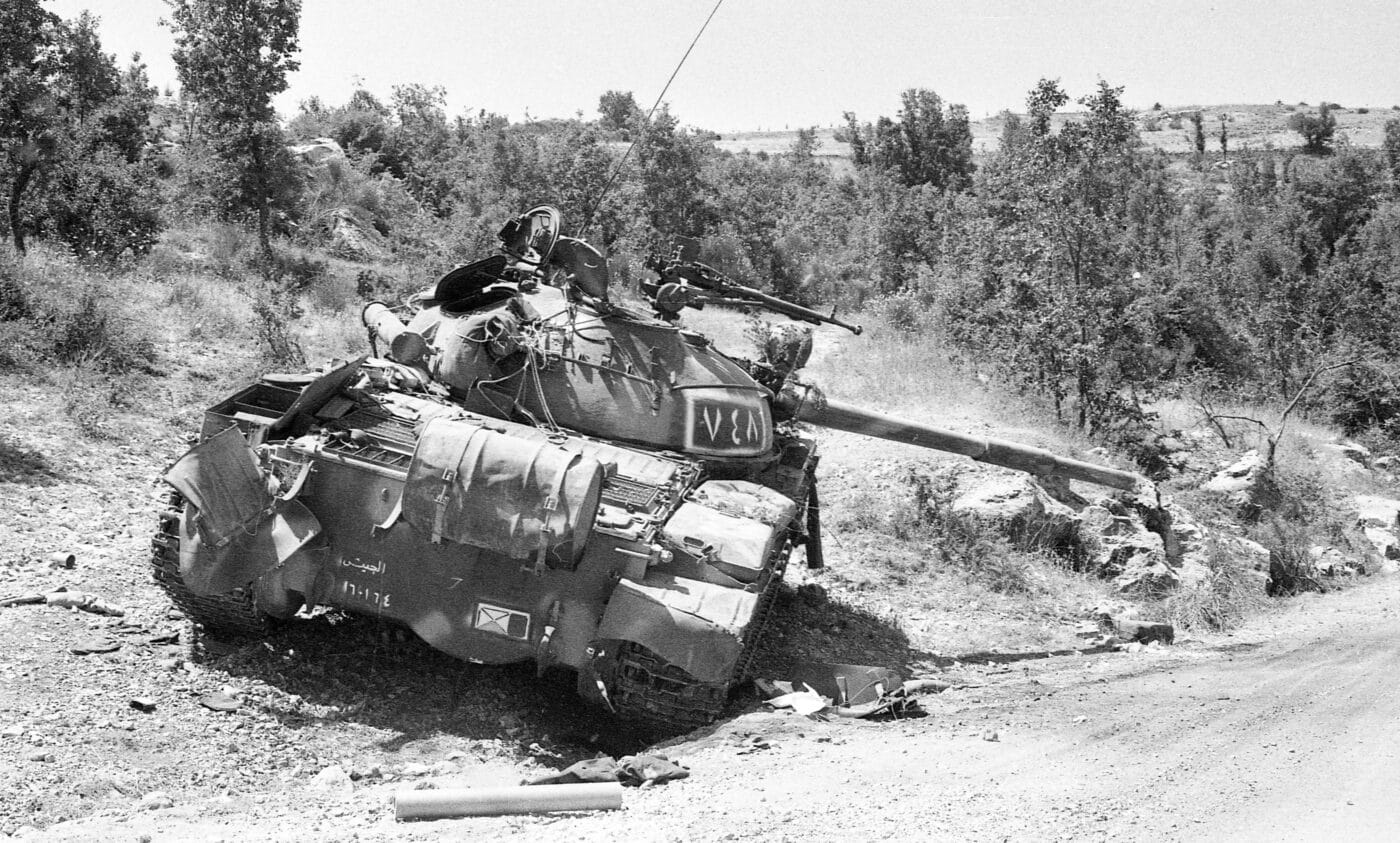
Since that time, the T-62 has seen use in dozens of conflicts in Africa, Asia and the Middle East. A number were employed by Russia in the First Chechen War (1994-96), the Second Chechen War (1999-2009), and the 2008 Russo-Georgian War. As noted, it is now seeing service with the Russian military once again in Ukraine — where it is likely to be truly outgunned against modern tanks.
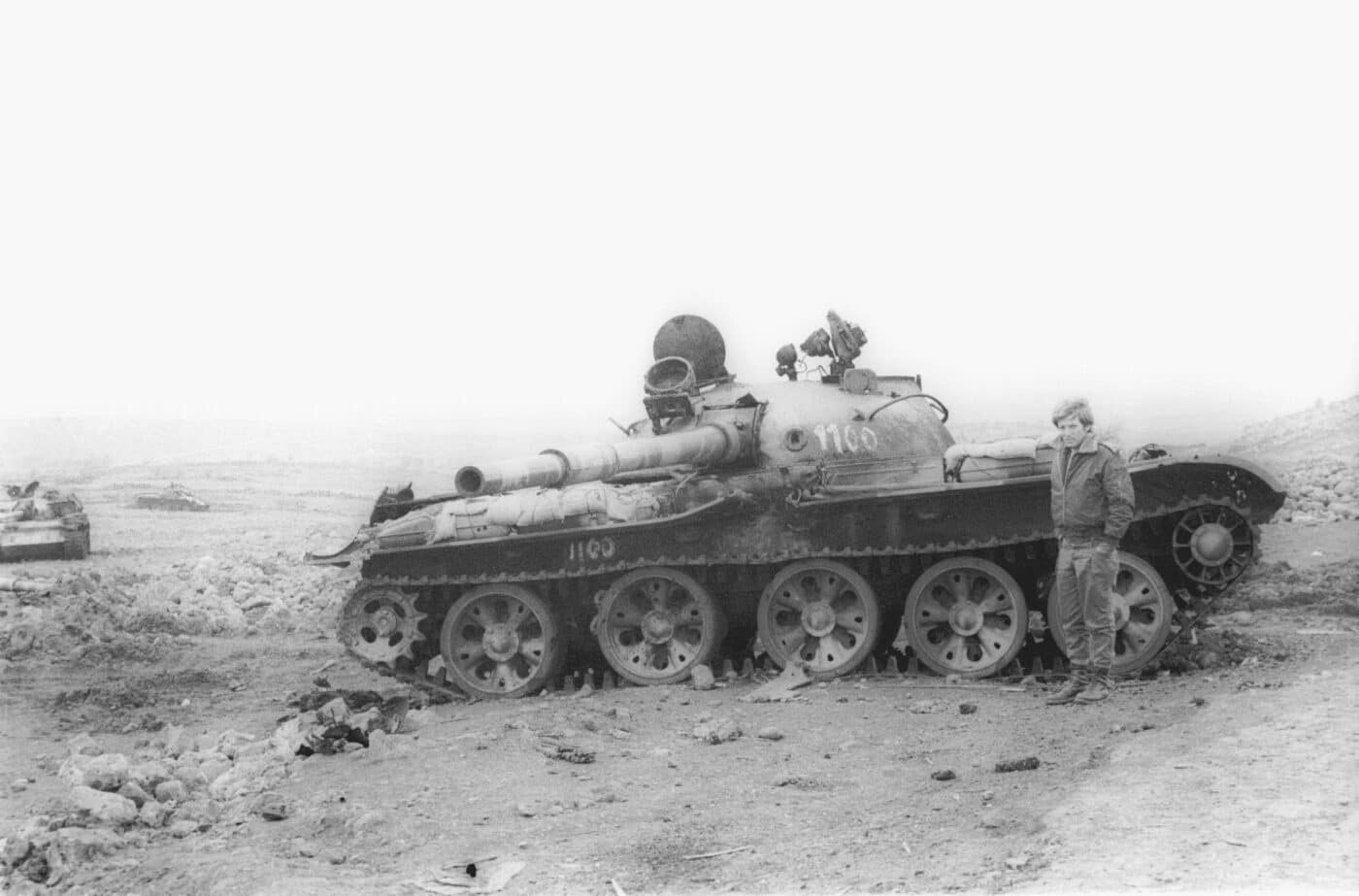
There may be many old platforms that have crews younger than the vehicles they are operating that are still viable today — the United States Air Force’s B-52 Stratofortress for example — but the T-62 is a tank that is well past its prime. It belongs in a museum, not on the frontlines of a major conflict.
Editor’s Note: Please be sure to check out The Armory Life Forum, where you can comment about our daily articles, as well as just talk guns and gear. Click the “Go To Forum Thread” link below to jump in!
Join the Discussion
Continue Reading
Did you enjoy this article?

 80
80






